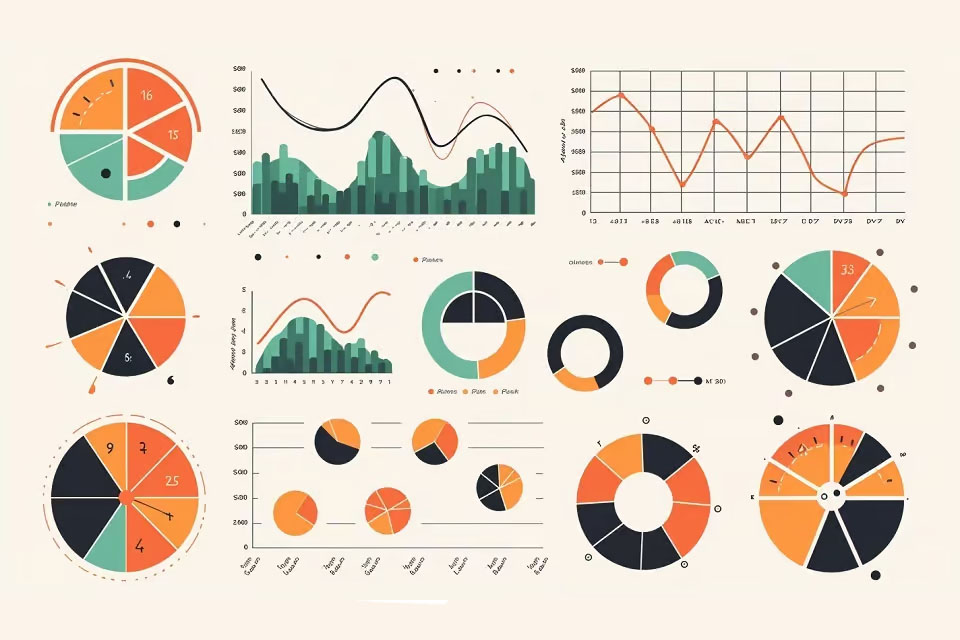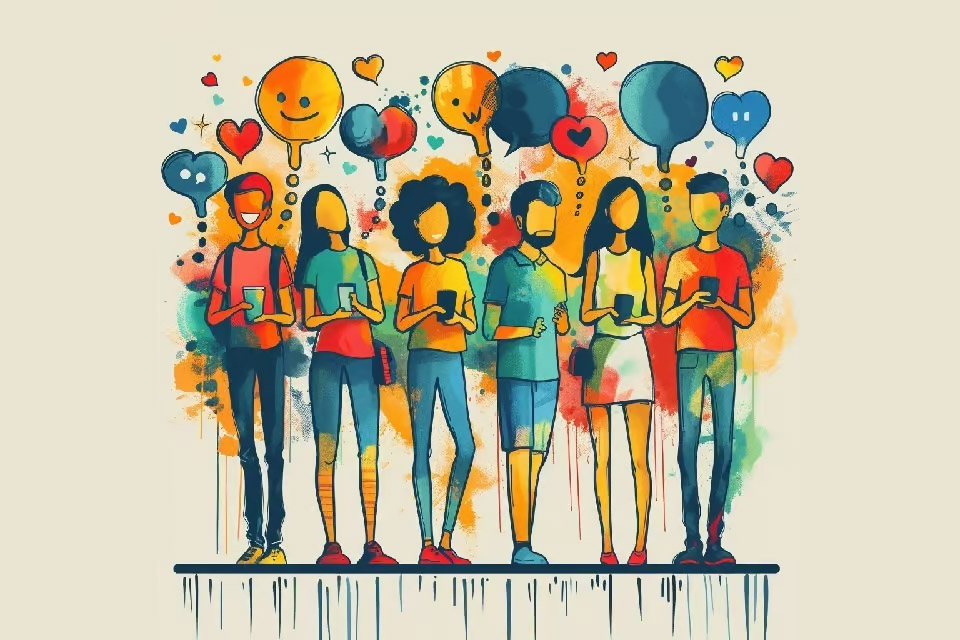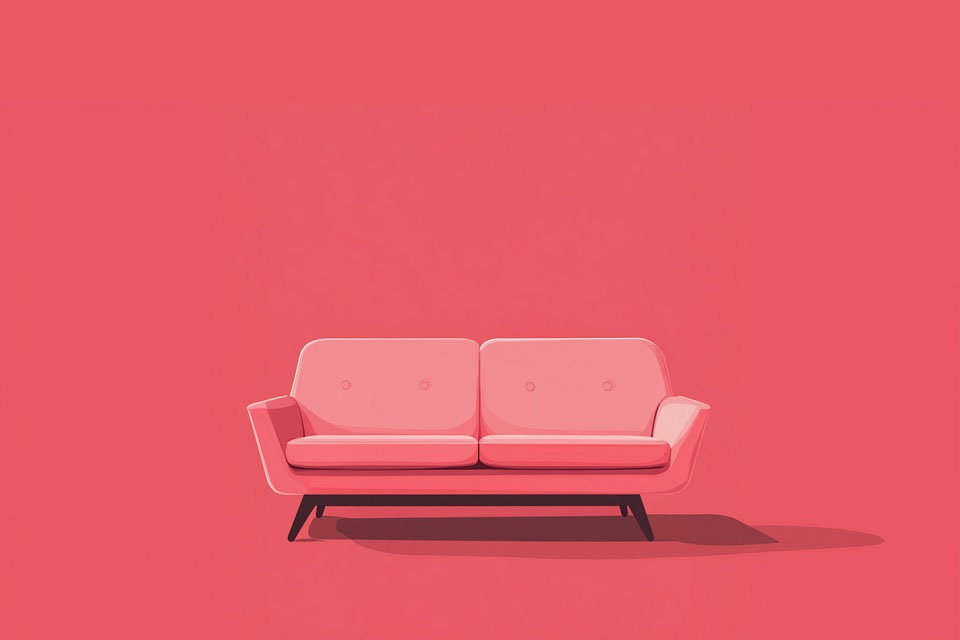Sense and nonsense of pain points
Expand the table of contents
Sometimes I feel pain. No, not that persistent muscle soreness in my thighs that always comes when I have to sit still in the theatre. And not that pounding headache that comes when I put out five empty wine bottles; these are the natural consequences of veritable alcohol poisoning and just as inevitable.
I believe these are pains diagnosed by Dr. Marketing and treated by Nurse Sales. Pains that I have to have in order to drag myself to the shops. [1]
Without pain, so the theory goes, there is no economic cycle. This painful concept is called ‘pain points’. [2] The more painful it is, the more likely we are to shop. The experts agree and, accordingly, there is a wealth of literature on the subject. [3]
The assumption: We shop for two simple psychological reasons:
- Because it brings us a ‘gain’.
- Because it helps us to avoid ‘pain’.
Gain and pain, to put it in profitable, painful Denglish. Pain points are more recommendable than gain points, says the theory.
When we are down and out and stumbling through dreary, ugly industrial estates in a bad mood, we shop more reliably than when we are happy and carefree and dancing through the summer. This has fundamental evolutionary reasons: recognising the negative in good time and avoiding it has been more important for our survival as humanity than the carefree, joyful, fun-loving and thus potentially deadly.
The pain-gain correlation
Reality is, of course, more complex than this simple pain-gain correlation.
Let’s look at the pain points individually and ask: Why do we actually shop all the time?
First of all, we buy things to satisfy our basic needs: food, clothing, a roof over our heads. Our stomachs are rumbling, so we buy cream cake. We want to be warm downstairs, so we shop for jeans with holes in them. We don’t like sleeping with our heads on the bar, so we rent a room at the Atlantic Hotel. I’m already stuffed, but I ‘accidentally’ walk past those delicious bratwursts and get another ‘three in a bread roll’ – what outweighs: pain or gain?
We need to survive, so we make it as cosy as possible. Pain and gain are roughly balanced.
We buy things because we are lazy: I always spill half the coffee powder when I fill my espresso maker in the morning – now an expensive fully automatic machine brews my cappuccino. Some people buy an exercise bike so that they don’t have to walk to the gym. I bought a comfortable sofa and a haircut that can be styled in three easy steps.
Our body wants to save energy and is happy when it is allowed to do so. It derives a gain from it. Spending energy tends to mean pain – and my home trainer hears me swearing, so it must be true…
We buy things because they fulfill us emotionally: Shopping can trigger feelings of happiness. We reduce the stress (except in the toy department two days before Christmas Eve) and treat ourselves to a reward when we shop: The screamingly colourful vase. The high-end loudspeakers that we find beautiful mainly because we can’t hear the difference anyway. The 47th pair of shoes. The bath salts for our shower. That grout scraper for moss on the patio.
We feel joy in things we don’t need. We like spending money on these. We feel gain, no pain.
We buy things because we want to belong: we buy a roadster without a roof so that we can join the Wiesmann Club [4]. We pay €5.99 for a White Chocolate Mocha Venti [5] so that we can take our own cup outside under a false name. We put on our mirrored Ray-Ban sunglasses so that strangers can recognise us from afar. We know how much joy company brings us even without the financial aspect: we are in the sports club and the crochet group, read our poems to each other (okay, sometimes Pain) and voluntarily help our neighbour, who has dementia, to cope with everyday life (way to gain for everyone).
We are happier when we are part of a community. But we are not missing out if we don’t know the community. Or do you drive a Wiesmann MF5?
We also buy to express our personality: maybe we also buy to express the personality we would like to have? A study by Duke University showed one group of people an Apple logo and another an IBM logo. The ‘Apple group’ felt more creative afterwards. [6] We buy because we associate a certain identity with the brand – which we then adopt for ourselves. We want to belong and draw our identity from it. So we buy into our own purpose. That makes us feel satisfied, gives us identity, gives us joy. Again: lots of gain, pain only if the brand is sold out.
We often buy things that are supposed to help us overcome challenges: That’s why I bought the grout scraper! We pay coaches to help us improve and we work for our IHK certificate so that we can earn more in the future. The crampons to climb El Capitan and the paraglider to float back down – both are necessary tools for the gain point ‘mountaineering’.
If they are missing and I crash, my pain is indeed great – but that is a semantic quibble.
And we buy to provide for the future: Here the pain points could score a point: So that I don’t have to starve in the event of a disaster in the future, I hoard a cupboard full of tins of ravioli. Because I will definitely lose weight in the future, I buy a suit that is two sizes too small in advance. And because Nutella is on special offer today, I take the trailer to the supermarket. There could be pain in the future that I want to prevent – but actually I feel a great benefit from having made provisions. So: pain or gain – what is the real driving force?
Focus on pain points
So we tend to shop more to make a profit. Otherwise, we would stop shopping when the pain is relieved – and that’s exactly what we don’t do. We happily continue to shop even though we are dressed, full and dry.
Pain? We hardly feel it unless we are seriously ill. And then, unfortunately, it’s hard for us to buy healing – it would be great if it were possible…
But marketing loves the story of pain points. Let’s take a closer look at that too:
We humans actually have real needs in our backpacks. Clever marketing adds a few ‘artificial’ problems for good measure. The main thing is that it hurts nicely.
If I don’t have a car but need one to get into town, that’s a real problem, a genuine virtual ‘pain’. A used Renault Clio or a simple bus ticket would solve both the problem and the pain. But some people still buy a Ferrari. Homework: ‘How many horsepower does Dr Marketing have to increase the pain by so that only a luxury sports car can satisfy it?’
Clever marketing likes to exaggerate everyday things. Life is no bed of roses and something tweaks and pinches us at every moment: the older the doller. That’s a good thing: this biological feedback is how our body ensures that we are not yet dead. Slight pain is a positive sign of vitality and no reason to panic, you could say. And that’s a big problem for clever marketing.
A lack of panic is known to be the number one barrier to sales. If you are sitting on the sofa, full and satisfied, you won’t panic buy – so Dr. Marketing is in a hurry to command you out of your comfort zone. He now pumps everyday little inconveniences up into big pain points – and suddenly we notice with pain that we are missing the bag of crisps on the sofa: ‘Uber Eats, quickly, an emergency!’
This psychological mechanism works great for us humans: we tend to avoid or solve problems. And Sister Sales loves to sell us all kinds of junk. Temu even produces it just in time and individually just for us – what pharmacies mixed up for us 100 years ago is now 3D printed in the Far East. Brave new world.
Skilful marketing creates needs. Especially those that didn’t exist before. We consumers learn day after day to relieve phantom pains with fantastic transfers. Then the look at the account balance hurts us in real terms – and the circle is complete.
The concept of pain points also provides an important means of differentiation in the market: companies can easily set themselves apart from competitors by taking on the dwindling role of pharmacies and offering specific tinctures for modern ailments – individually, tailor-made and only on a private basis. This ingenious principle of pain relief has also been discovered by service providers and coaches: ‘Life is no bed of roses? You still don’t have a Patek Philippe on your wrist? That hurts us a lot – here’s our two-day workshop ‘You’ll be wiser after paying!’’
Reducing complex purchasing decisions to an easy-to-understand concept – that’s what makes the pain points concept so profitable – for the others…
Conclusion
In my opinion, we humans buy things mainly because we want to have, acquire, achieve or possess something – in other words, for gain. Sometimes we actually want to alleviate pain or prevent it from arising in the first place. But it seems to me that this is much less often the case. At least less often than Mr Marketing and Ms Sales would have us believe with their stories about pain points.
A thought to take away
Do we limit ourselves if we only focus on our customers‘ “pain points” in sales and marketing? What could happen if we instead focus more on the positive, undiscovered desires and potential (’gain points’)?
Notes (partly in German):
[1] Gruender.de: So findest du die größten Pain Points deiner Kunden heraus
[2] Pain points: what they are, examples and how to identify them
[3] Google Scholar: Pain Points Marketing
[4] Wiesmann Club
[5] Starbucks Preisliste 2024
[6] The Neuroscience of Branding. How Apple and Nike have branded your brain.
Do you want to win over your customers without pain? Then take a look at Harald Ille’s beautiful German website.
If you like the article or would like to discuss it, please feel free to share it in your network. And if you have any comments, please do not hesitate to send us a message.
Harald Ille has published more articles in the t2informatik Blog:

Harald Ille
Harald Ille is an experienced journalist and university lecturer in public relations (PR). He has worked in PR and corporate communications for local authorities, hospitals and corporations for almost 25 years. As a self-employed “digital enthusiast”, he is passionate about the life-changing opportunities that digital technologies offer us.
In the t2informatik Blog, we publish articles for people in organisations. For these people, we develop and modernise software. Pragmatic. ✔️ Personal. ✔️ Professional. ✔️ Click here to find out more.



